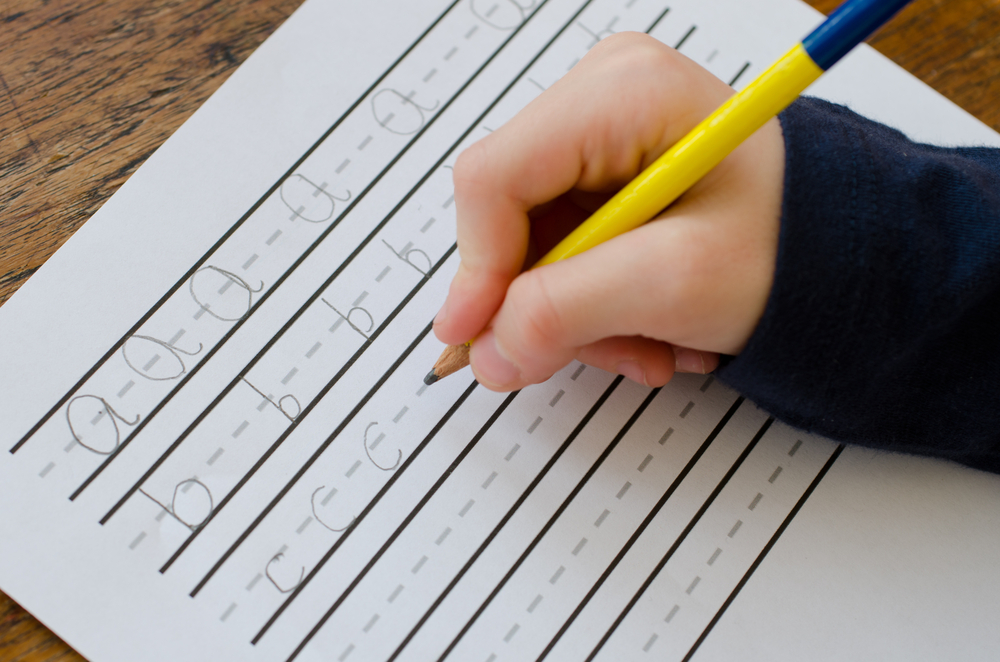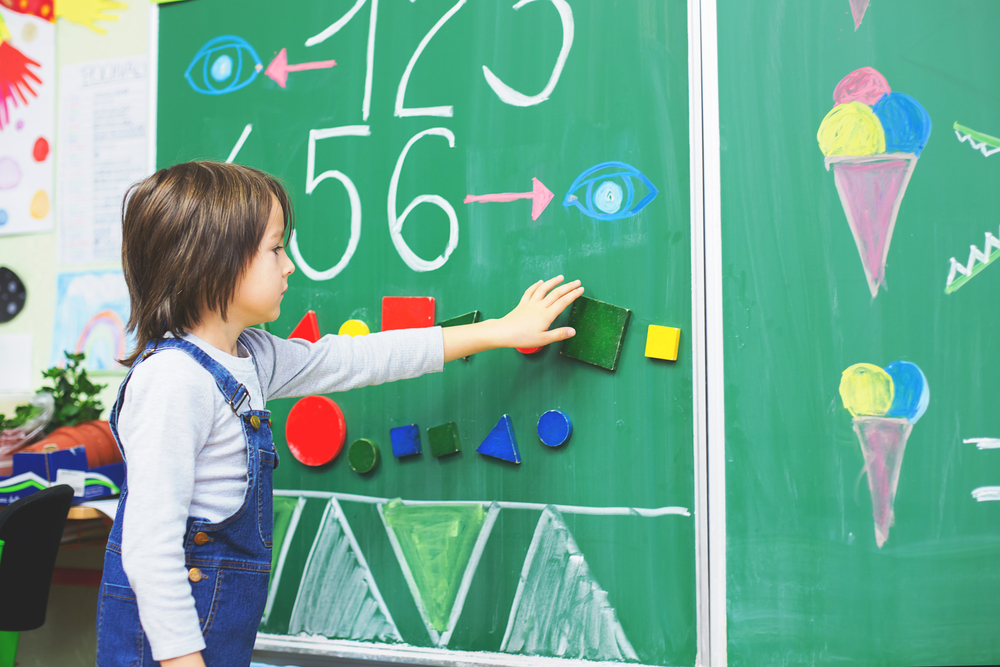Understanding shapes Normal Worksheets for Ages 4-8
5 filtered results
-
From - To
Discover the magic of shapes with our "Understanding Shapes Normal Worksheets for Ages 4-8". Perfectly designed for young learners, these engaging worksheets make learning fun and effective. Kids will explore different shapes, their properties, and how to identify them in everyday life. Each colorful and interactive worksheet encourages children to differentiate between shapes through matching, coloring, and drawing activities. Our resources support early geometry skills, enhancing cognitive development and spatial awareness. Ideal for home or classroom use, these worksheets are an excellent foundation for a child's mathematical journey. Unlock a world of shapes today!
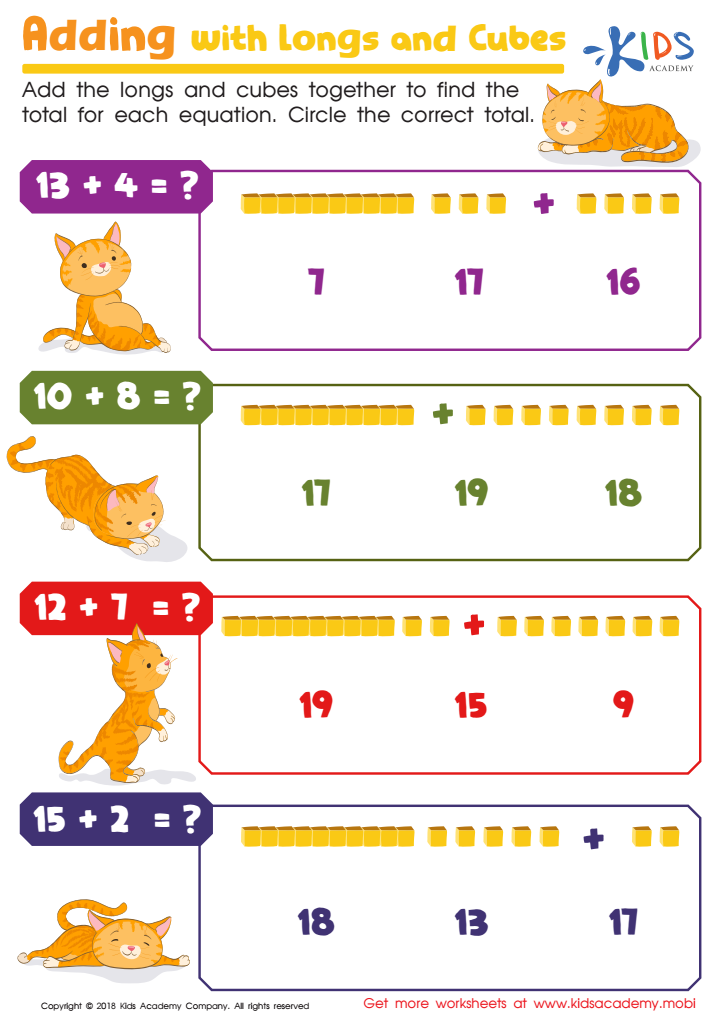

Adding With Longs and Cubes Worksheet
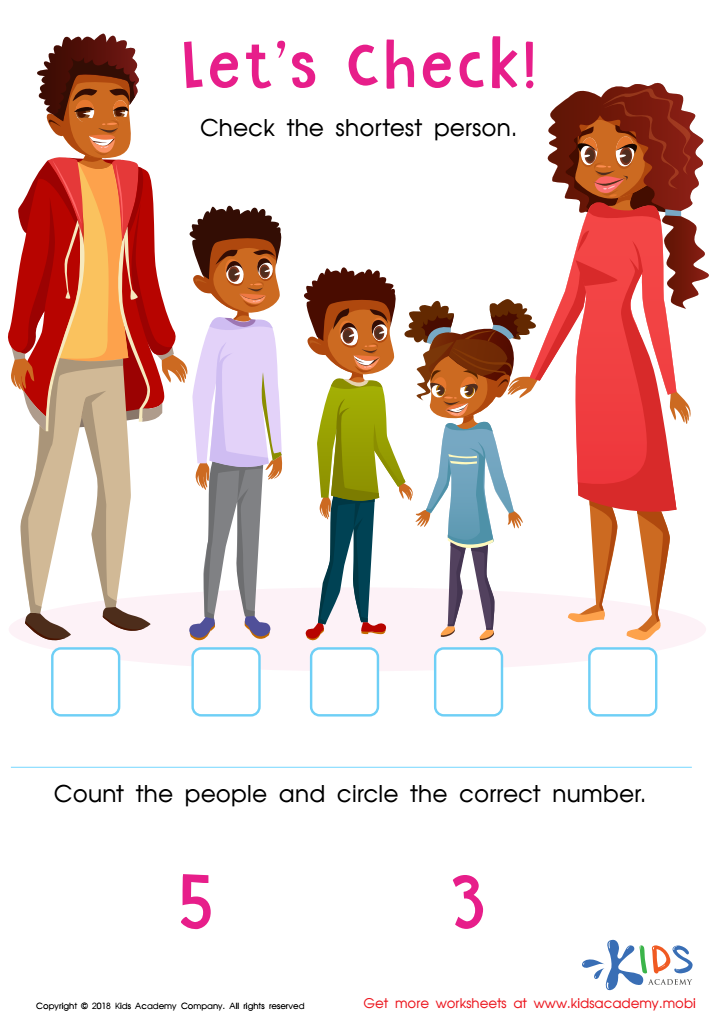

Let's Check! Assessment Worksheet
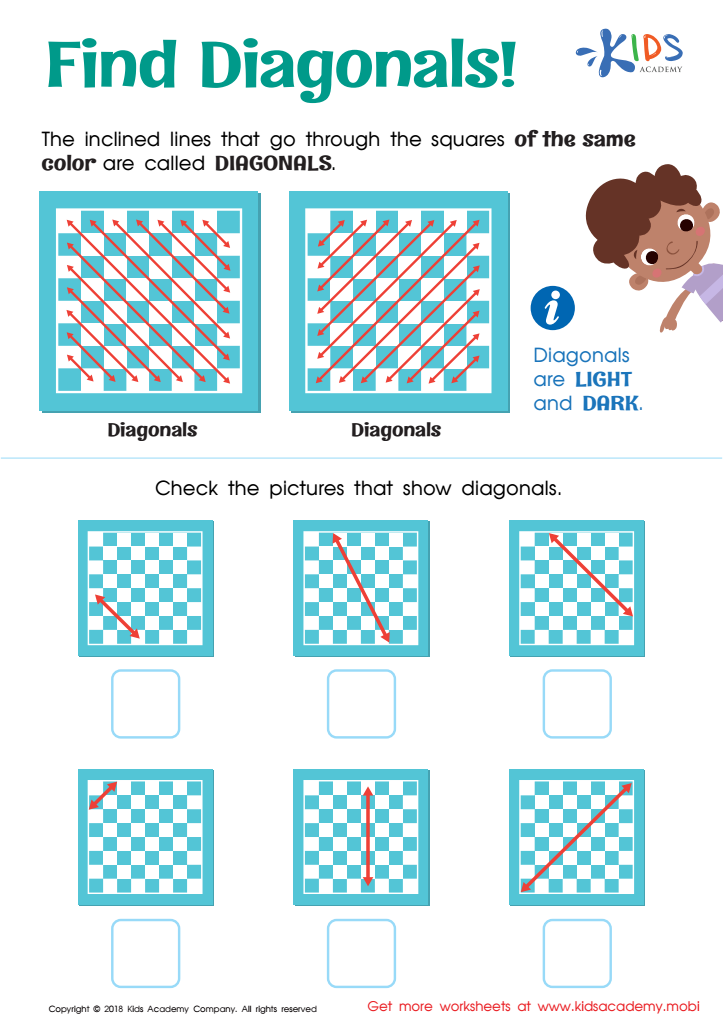

Find Diagonals Worksheet
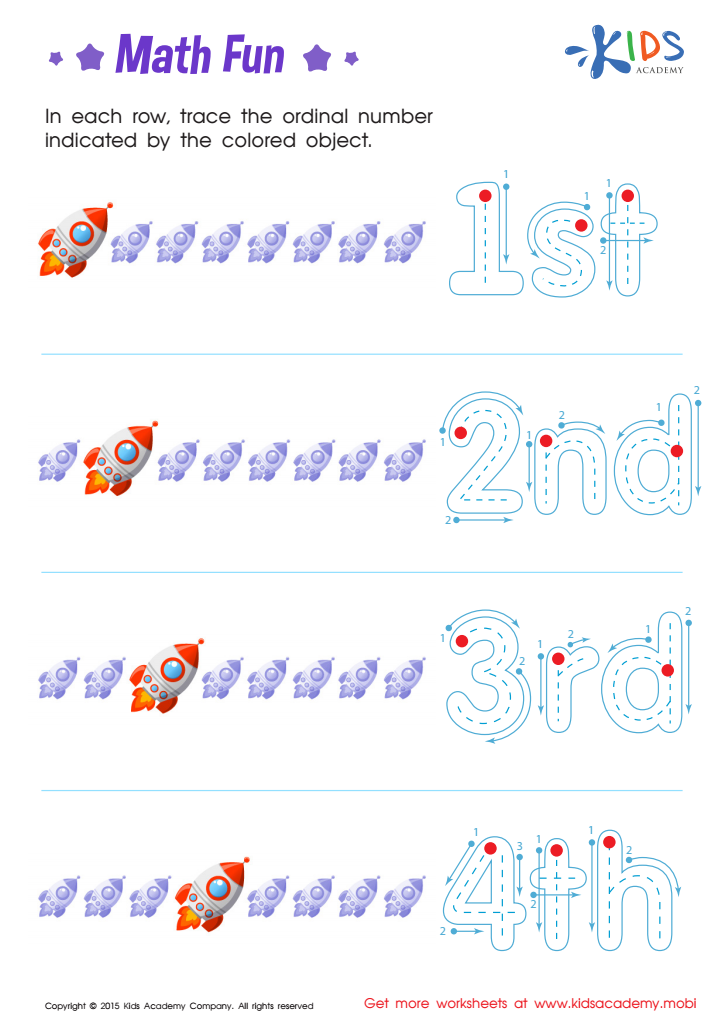

Ordinal Numbers: Math Fun Worksheet
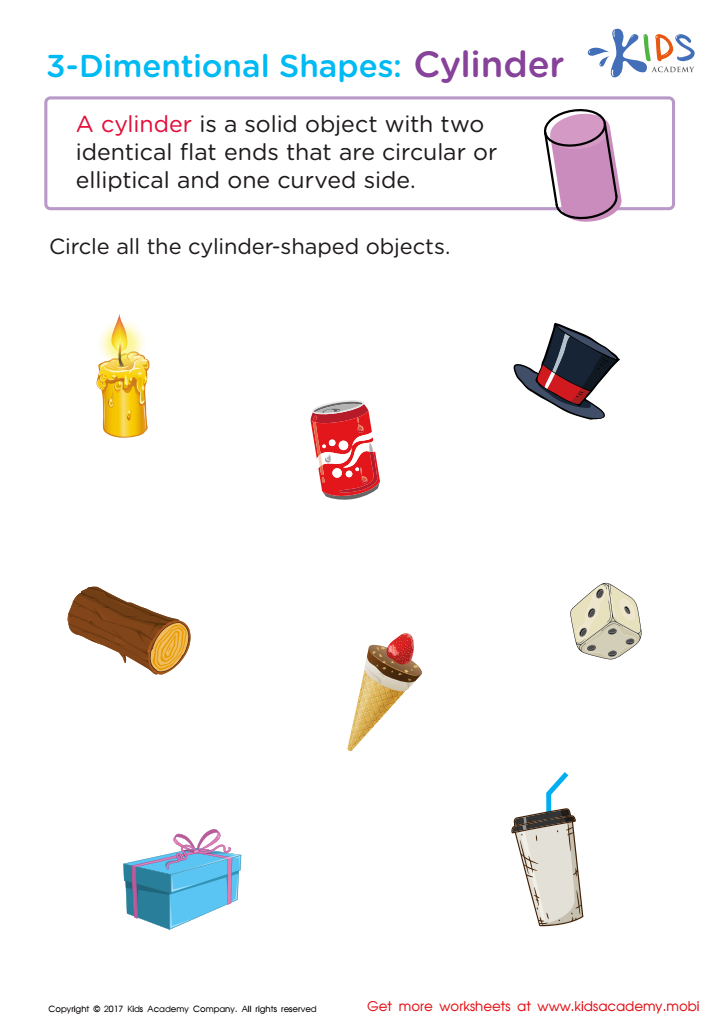

Three–Dimensional Shapes: Cylinder Worksheet
Understanding shapes is a crucial aspect of early childhood education that significantly impacts a child's cognitive and developmental growth. For children aged 4-8, recognizing and distinguishing shapes is more than just identifying circles, squares, or triangles; it fosters fundamental skills such as visual perception, spatial awareness, and critical thinking.
Firstly, learning shapes enhances a child's spatial intelligence. This ability allows kids to comprehend their surroundings, navigate through space, and interact effectively with objects. Incorporating shape-related activities helps children understand patterns and relationships between different objects, which is foundational for mathematical concepts like geometry.
Secondly, shapes serve as building blocks for developing fine motor skills. Activities like drawing, cutting shapes, or playing with building blocks encourage hand-eye coordination and precision, essential for tasks such as writing.
Moreover, shape recognition is intrinsically linked to language development. As children learn to describe and categorize shapes, they expand their vocabulary and communication skills. Terms like "circular" or "triangular" enrich their descriptive capabilities, facilitating better expression of thoughts and observations.
Finally, understanding shapes boosts problem-solving and reasoning abilities. Puzzles, sorting games, and shape-based pattern activities stimulate critical thinking, allowing children to develop strategies and solutions.
For parents and teachers, prioritizing shape-related learning ensures a well-rounded development, preparing children for future academic success and everyday problem-solving skills.
 Assign to My Students
Assign to My Students








